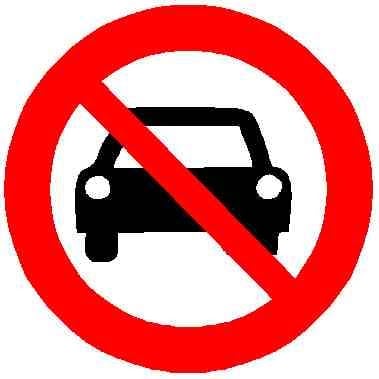It’s a great idea, but it can get complicated quickly.
For it to work elsewhere, you need parking spaces away from the main streets, free shuttles, or pretty decent public transit. They also need to keep the streets open during certain hours so supply trucks can drop things off. Also, what if there are highrise apartments with underground parking lots facing the main street? How would they come and go?
In San Diego, the Gaslamp District is a prime example of an area that should be pedestrian-only. Yet when they did try it, the city yanked it back with the lame excuse that the road blocking bollard mechanisms cost too much (https://thesandiegosun.com/gaslamp-quarter-car-free-zone-ended/).
But it’s a worthwhile experiment. Downtown retail in a lot of cities is empty and boarded up. Making those streets pedestrian-only is a good way to revive them and bring life back.
Twenty million anonymized transactions … led to a 9.5% increase in retail
I wish they put a number to that stat. Because even if we’re talking about an extra dollar of spending, we’re talking millions of dollars (euros), which is significant.
Retail stores everywhere should really force their local government to make street closures to car traffic a reality if they want to boost sales and keep online shopping from destroying their revenue.
Surprise, surprise…
so closing streets limits sales by amazon.com and the like? would not be surprised if the push for the opposite
It didn’t say, but I would guess they would still allow delivery vehicles, unless other options are available. Maybe restricted hours?
will clarify, since that wasn’t the point of my comment. since everyone has a limited supply of money (unless you’re Elon Musk or something), what is spent on local stores takes away from online sales, which would is a reverse from recent decades trend, and nice to see



